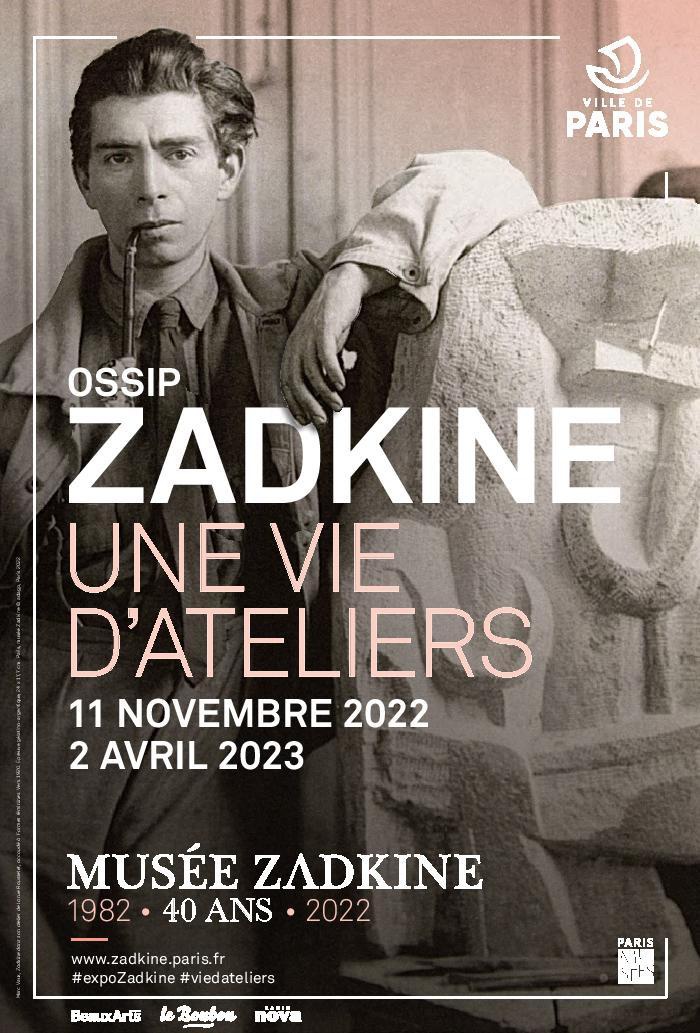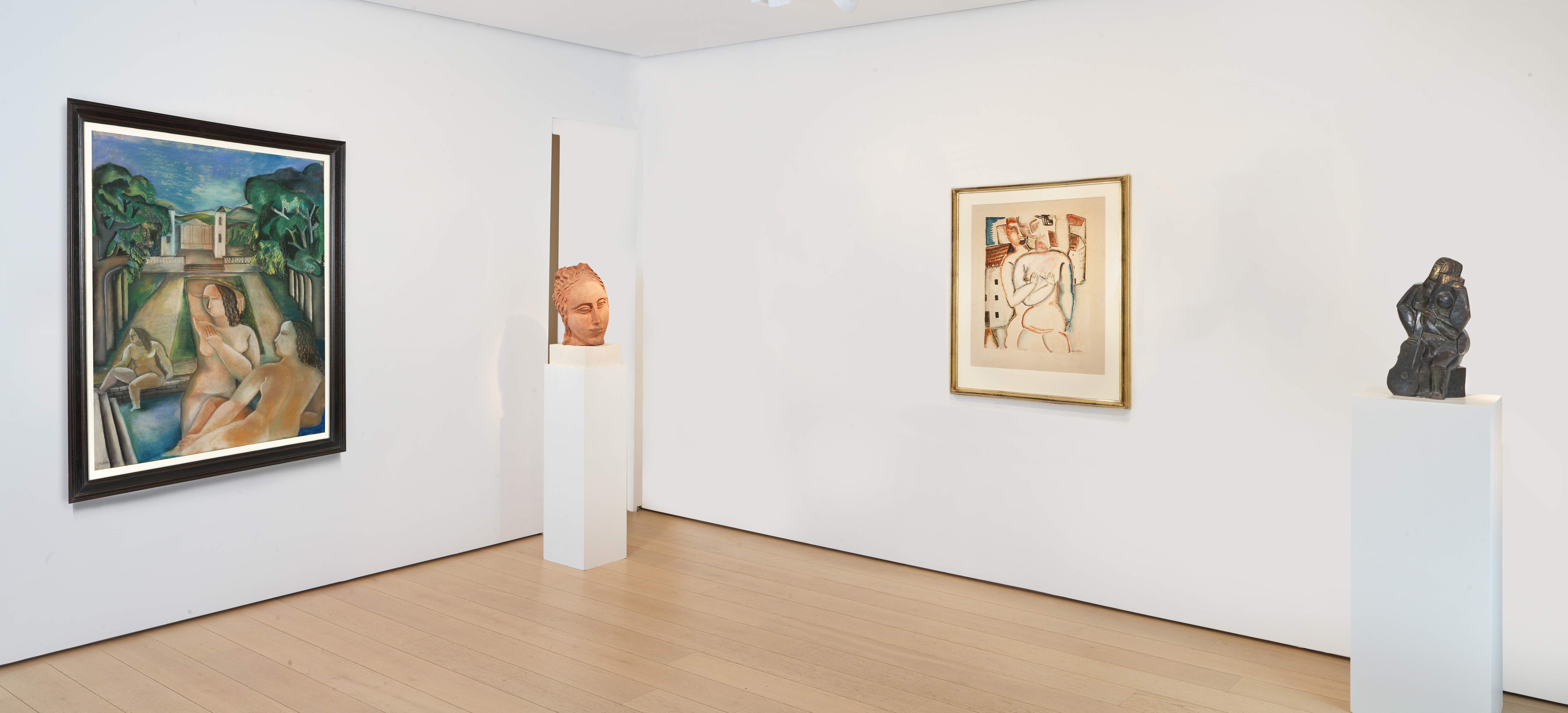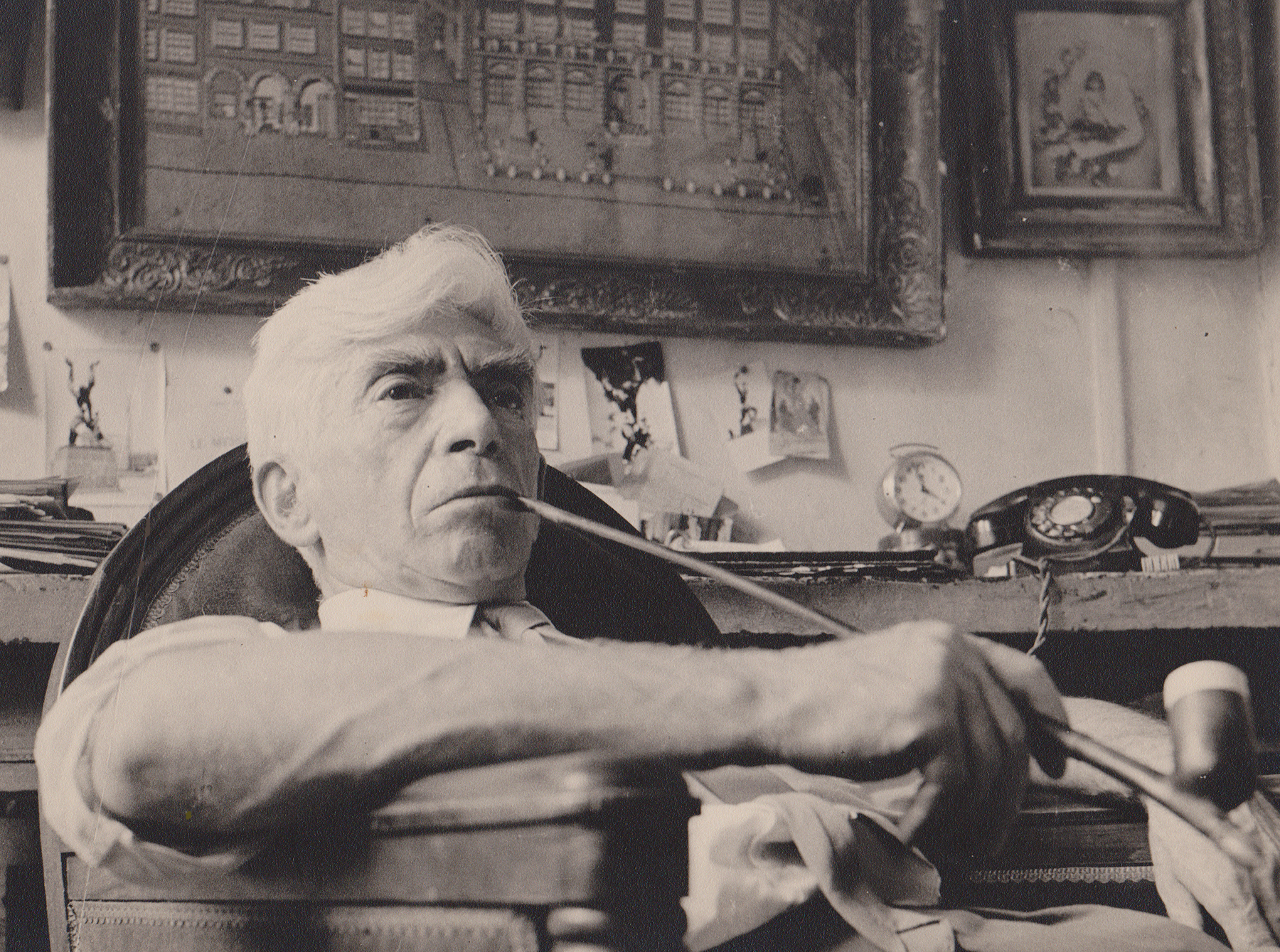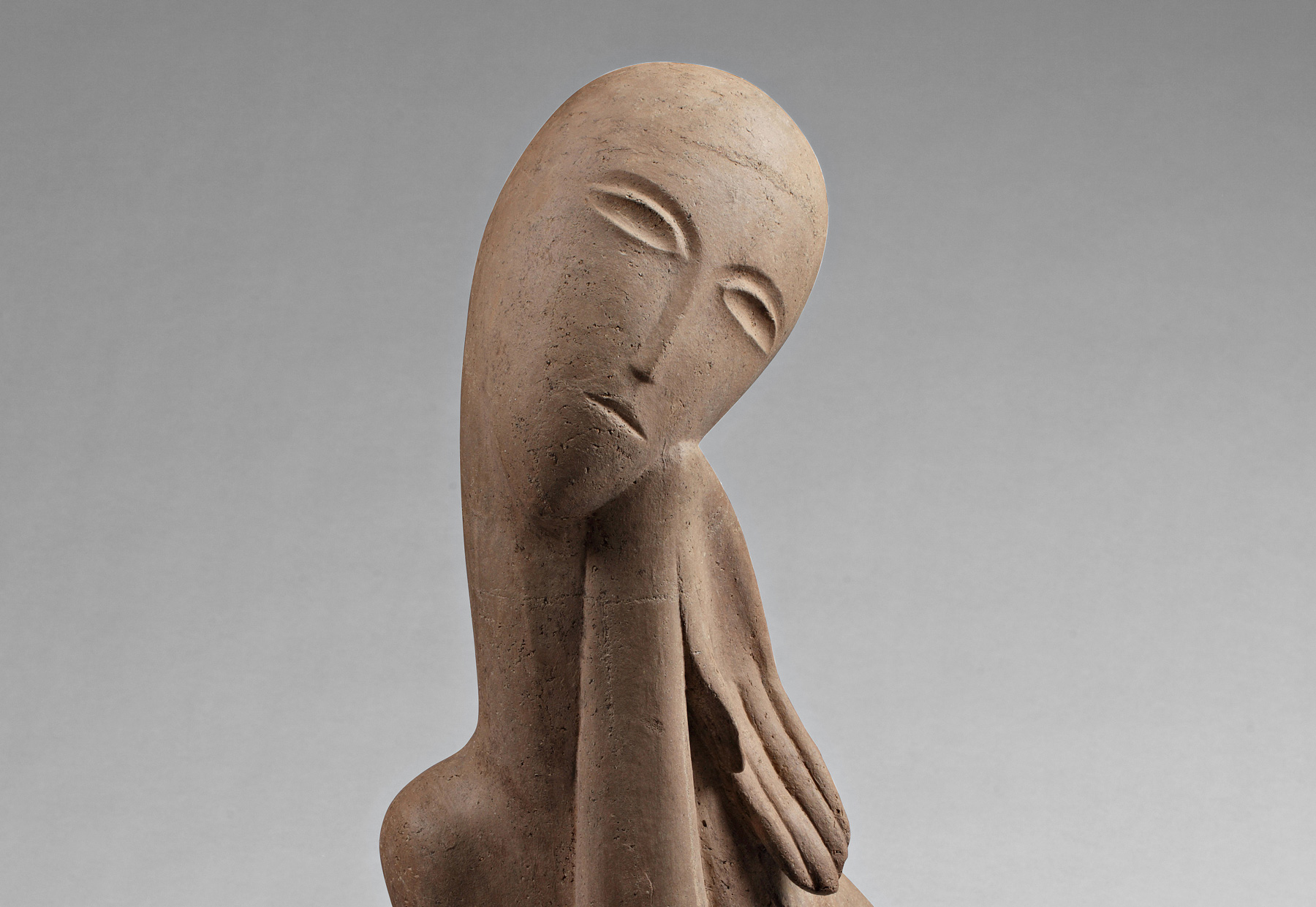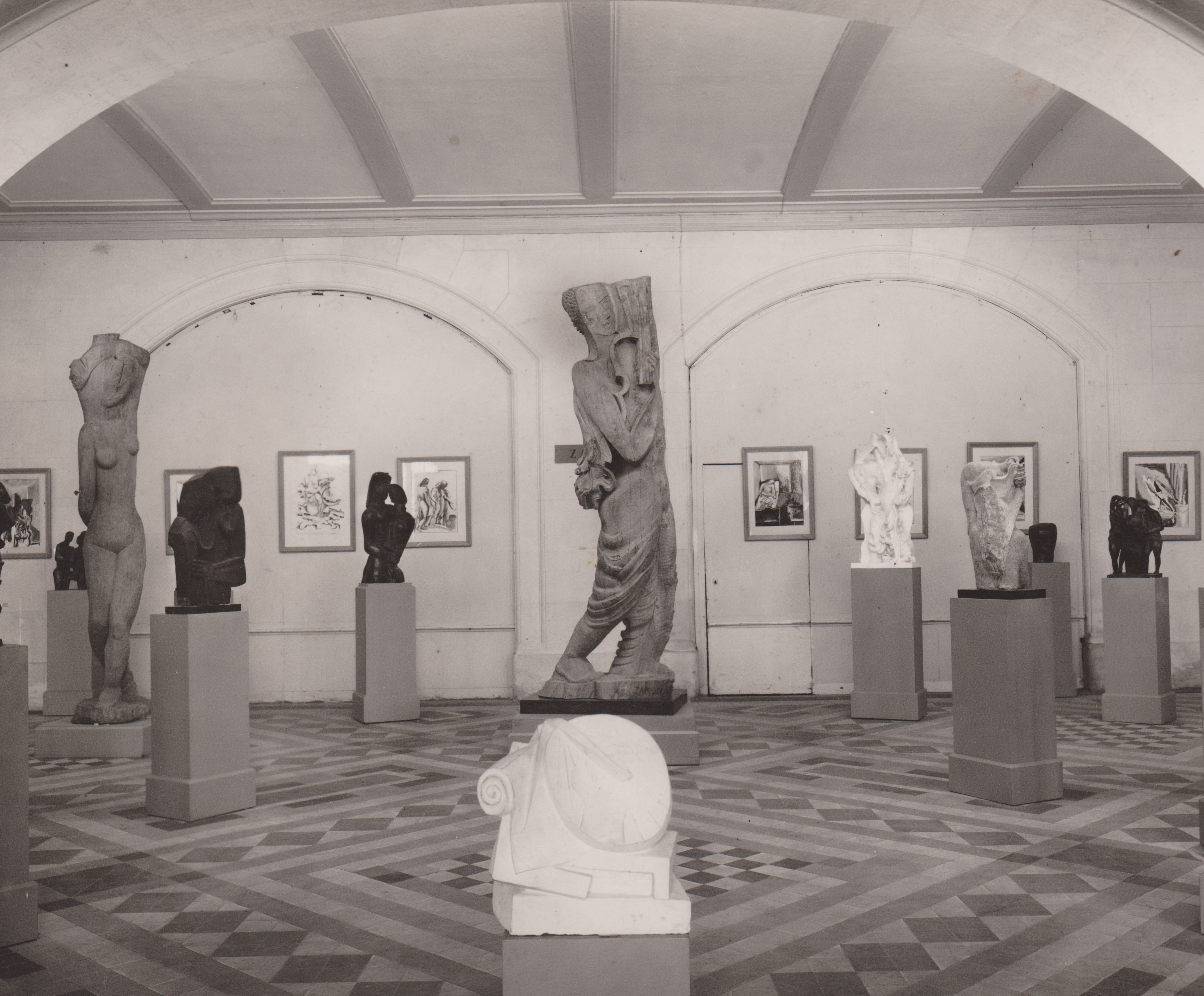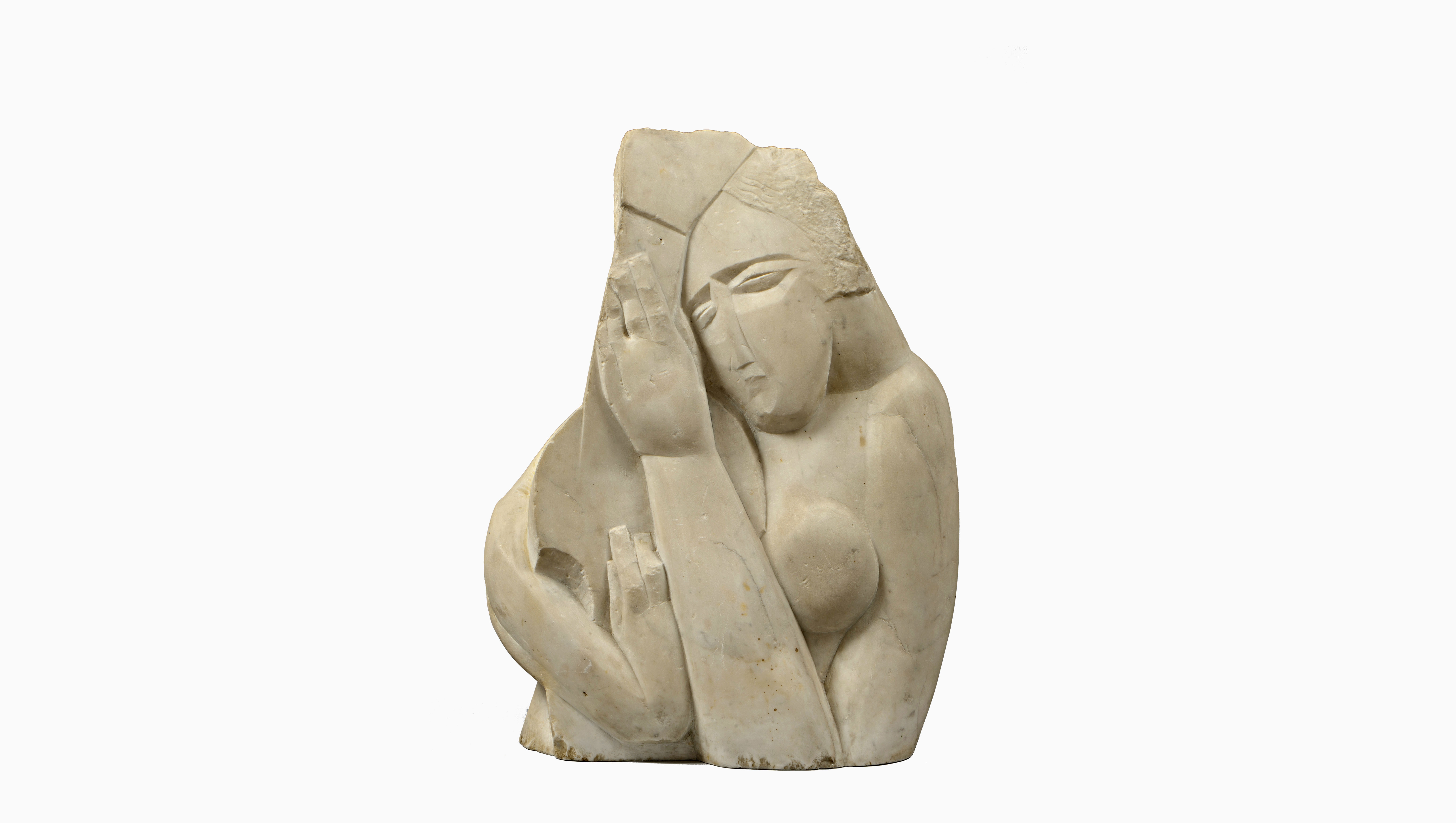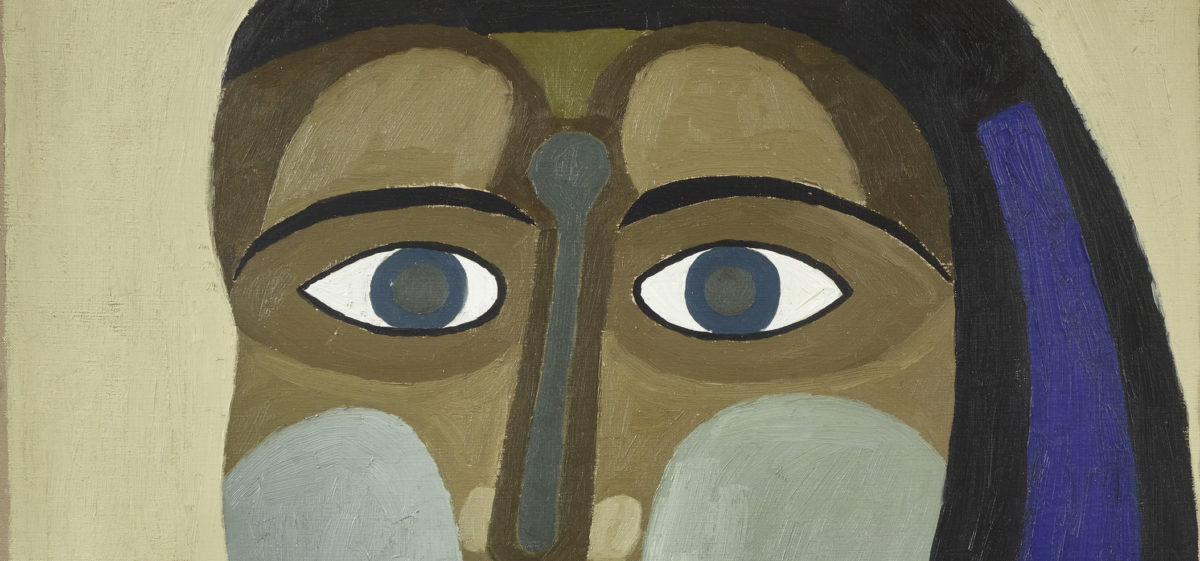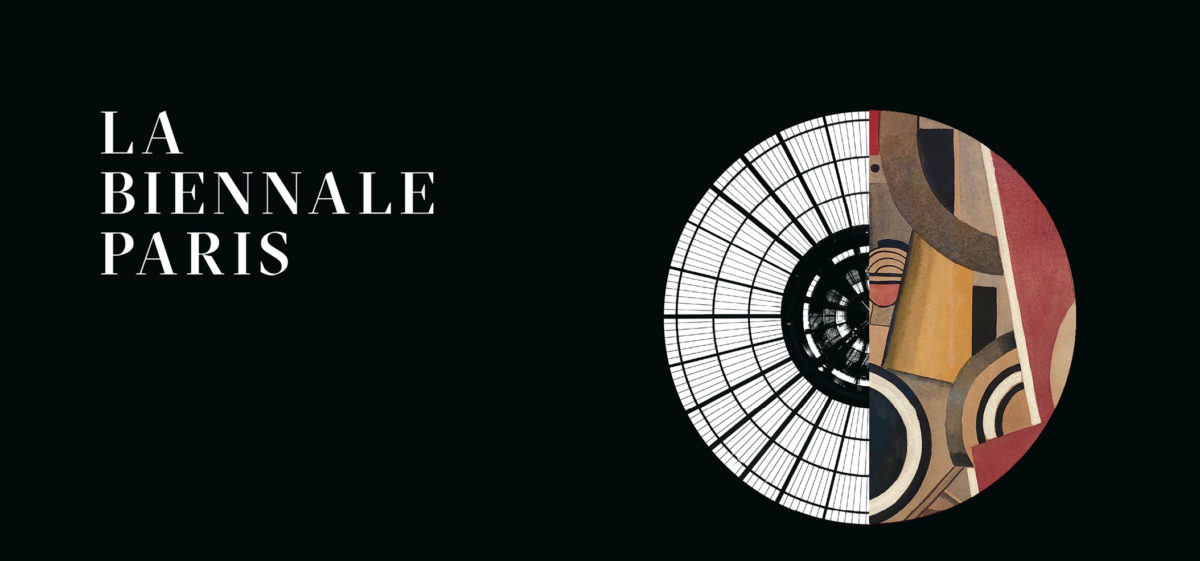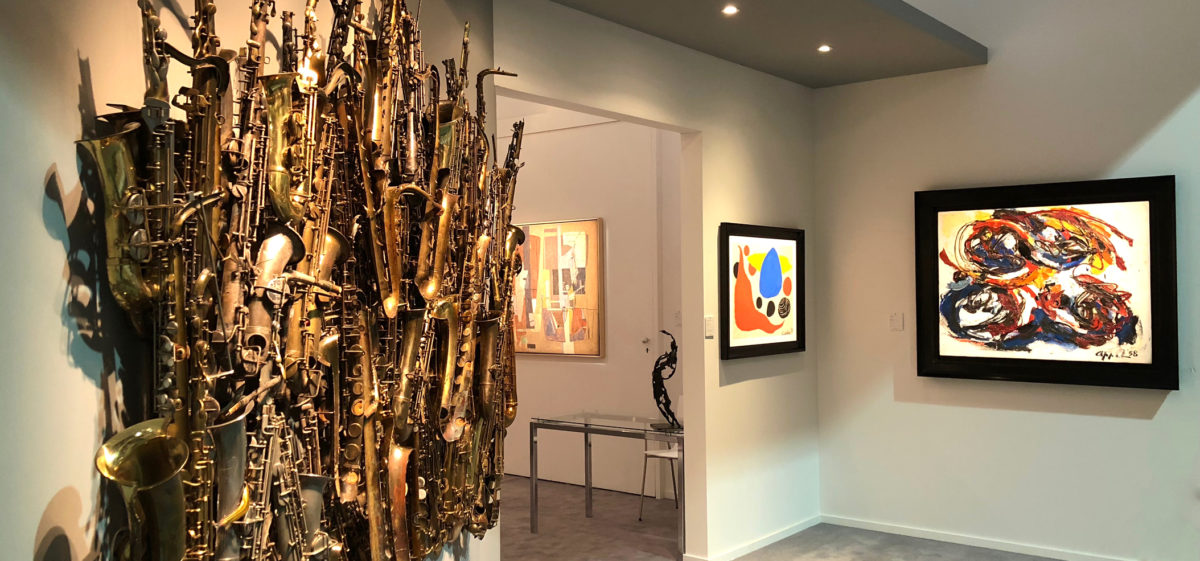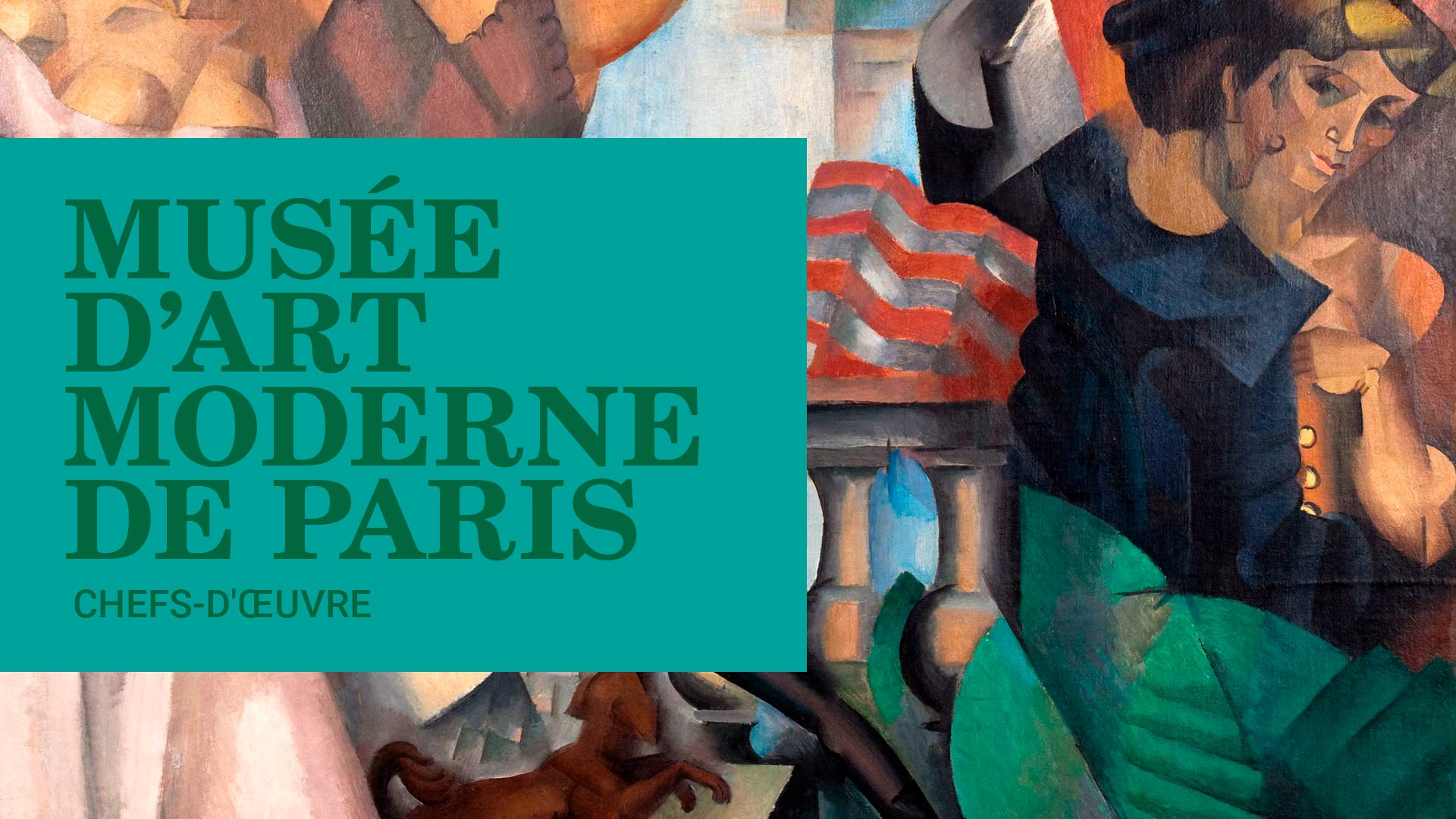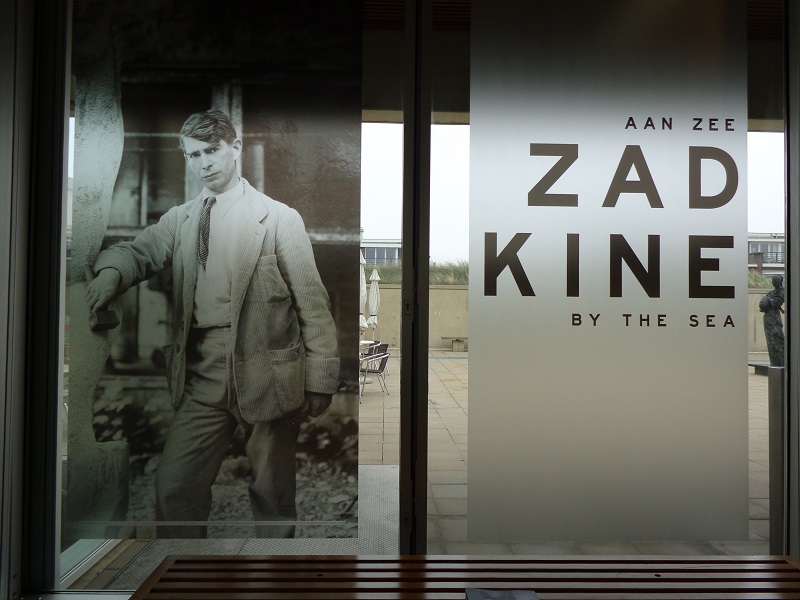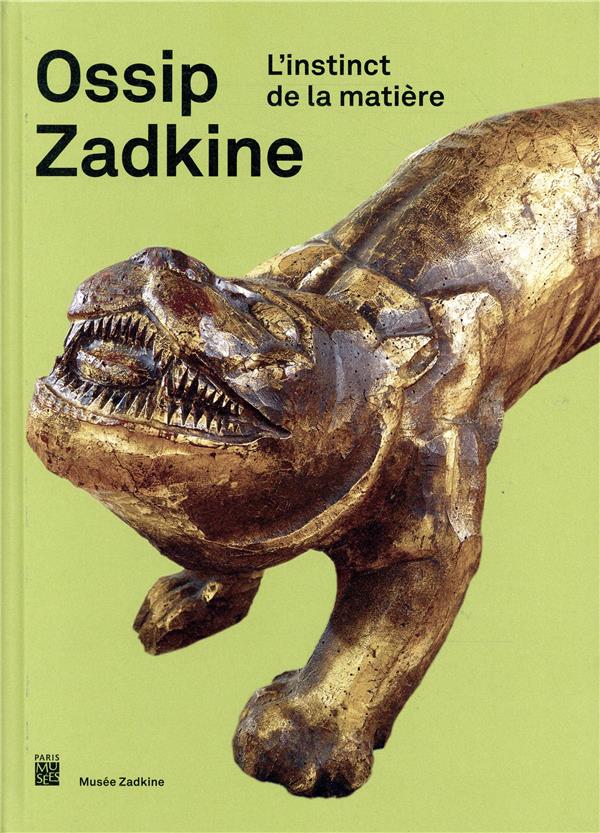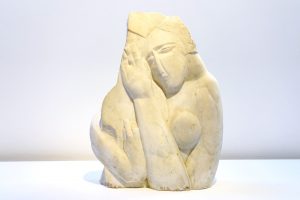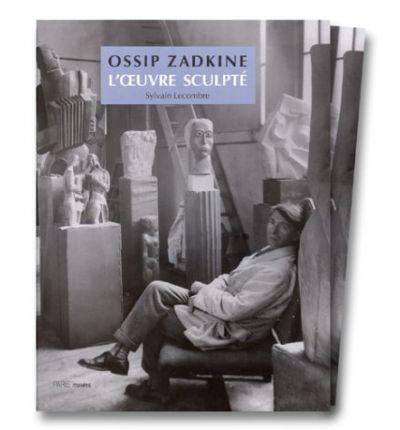OSSIP ZADKINE. UNE VIE D’ATELIERS
11 November 2022 - 2 April 2023Musée Zadkine, Paris
Ouvert en 1982, grâce au legs de Valentine Prax, peintre et épouse du sculpteur Ossip Zadkine, le musée Zadkine célèbre cette année son quarantième anniversaire. À l’occasion de cet événement, le musée présente l’exposition Ossip Zadkine. Une vie d’ateliers qui entraîne le visiteur au cœur de l’atelier des deux artistes. Près d’une centaine d’œuvres en […]
OSSIP ZADKINE. UNE VIE D’ATELIERS
11 November 2022 - 2 April 2023Musée Zadkine, Paris
Ouvert en 1982, grâce au legs de Valentine Prax, peintre et épouse du sculpteur Ossip Zadkine, le musée Zadkine célèbre cette année son quarantième anniversaire. À l’occasion de cet événement, le musée présente l’exposition Ossip Zadkine. Une vie d’ateliers qui entraîne le visiteur au cœur de l’atelier des deux artistes. Près d’une centaine d’œuvres en constitue le parcours, rassemblant une belle sélection de chefs-d’œuvre de Zadkine, mais aussi des peintures de Prax rarement montrées et de nombreuses photographies inédites, certaines de photographes de renom tels André Kertész ou Marc Vaux. L’exposition bénéficie également d’un prêt exceptionnel du musée de Grenoble, une Tête de jeune fille, parmi les premières têtes taillées dans le marbre par Zadkine à la Ruche. Le parcours occupe l’ensemble des salles du musée dans une scénographie renouvelée, qui évoque « l’esprit d’atelier ».
Pendant quarante ans, les murs et les arbres de cette demeure ont été témoins du quotidien et de la création du couple d’artistes. Depuis quatre décennies, le musée Zadkine conserve et valorise leur œuvre respectif, et plus particulièrement celui du sculpteur, artisan du renouveau de la sculpture au XXe siècle. À la fois lieu physique et espace mental, autant nid, abri que poste d’observation, cette maison-atelier se déploie comme habitacle des œuvres. Scène de la création, elle sert aussi de cadre aux mémoires de Zadkine et de Prax, et de décor aux nombreuses photographies qui font partie des archives du musée aujourd’hui.
L’exposition Ossip Zadkine. Une vie d’ateliers est l’occasion de révéler une partie de ces précieux témoignages et ainsi d’offrir au public une évocation incarnée de l’atelier des deux artistes. Dans un jeu de miroir, les photographies sont associées à des sculptures, des peintures et des dessins de Zadkine et de Prax, principalement issus de la collection du musée, pour faire apparaître leur lieu de vie et de création comme un tout ; car « autant qu’un morceau du monde, la maison est un monde en soi : celui que son propriétaire porte dans sa tête et qu’elle matérialise » (Mona Chollet, Chez soi : une odyssée de l’espace domestique, 2015).
Depuis les premiers ateliers que Zadkine a peuplé de ses sculptures dès son arrivée à Paris en 1910 jusqu’à l’atelier du jardin que le sculpteur s’est fait construire après-guerre, le parcours de l’exposition suit un principe chrono-thématique. Une partie introductive raconte les premiers ateliers dans lesquels Zadkine a vécu et travaillé, au cœur du quartier Montparnasse. Le second chapitre est consacré à la maison-atelier de la rue d’Assas où il s’installe en 1928 avec Valentine Prax, qu’il a épousée en 1920. La troisième et dernière section propose de se plonger dans le processus de création et l’effervescence de la vie de l’atelier.
Commissariat :
Cécilie Champy-Vinas, directrice du musée Zadkine;
Pauline Créteur, chargée de recherche à la BnF
